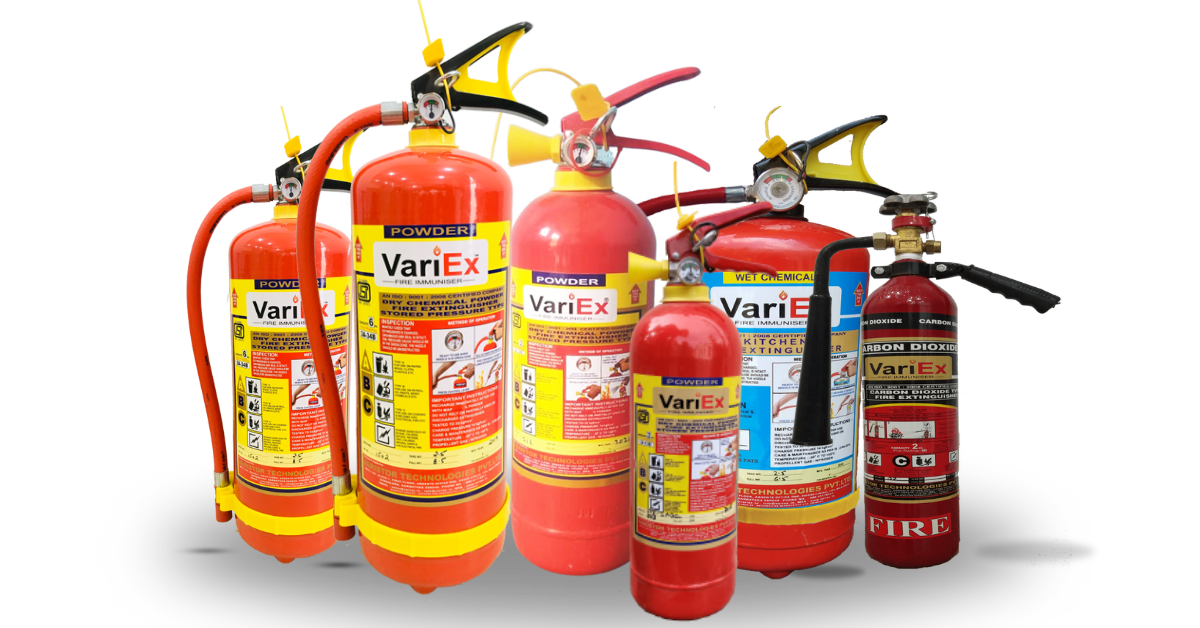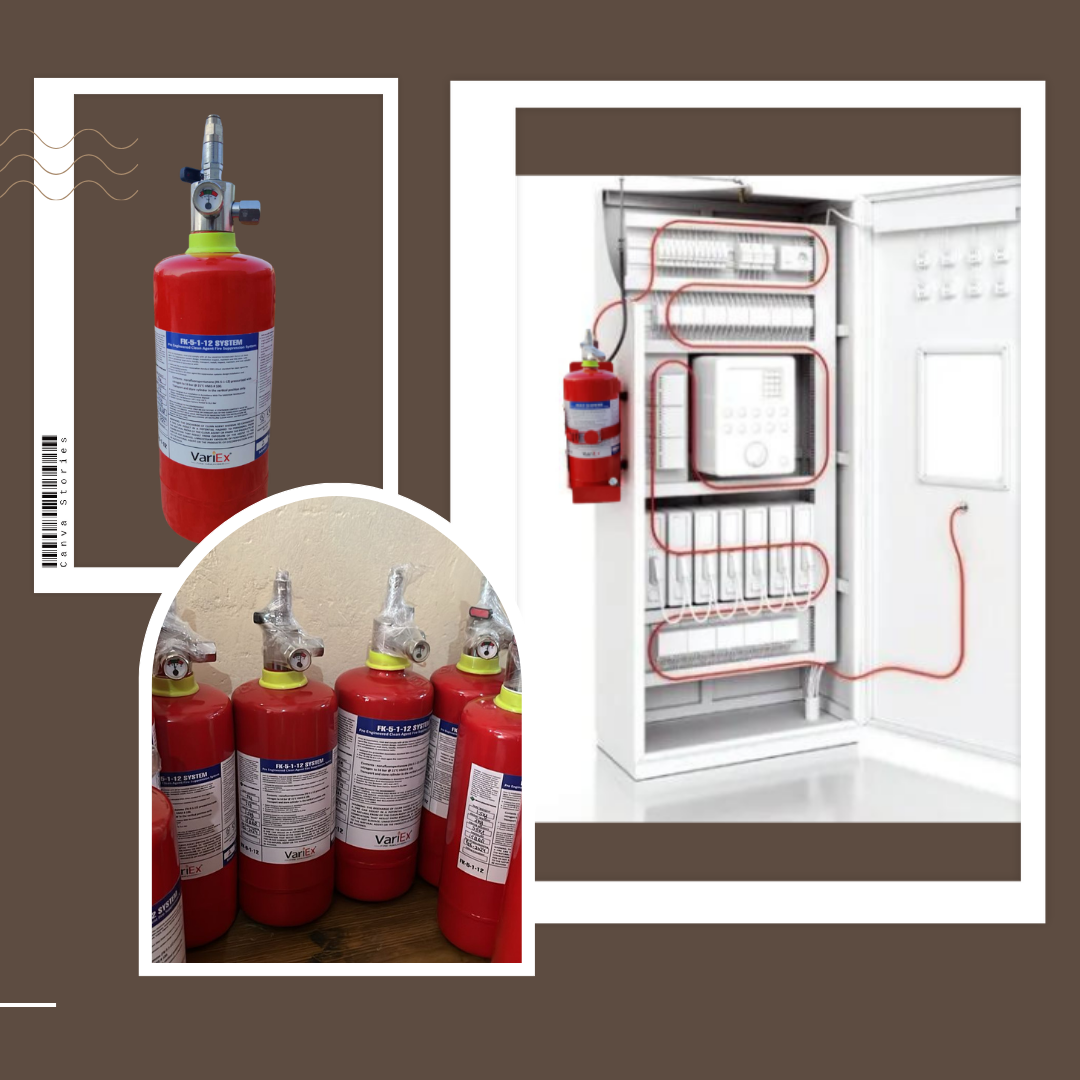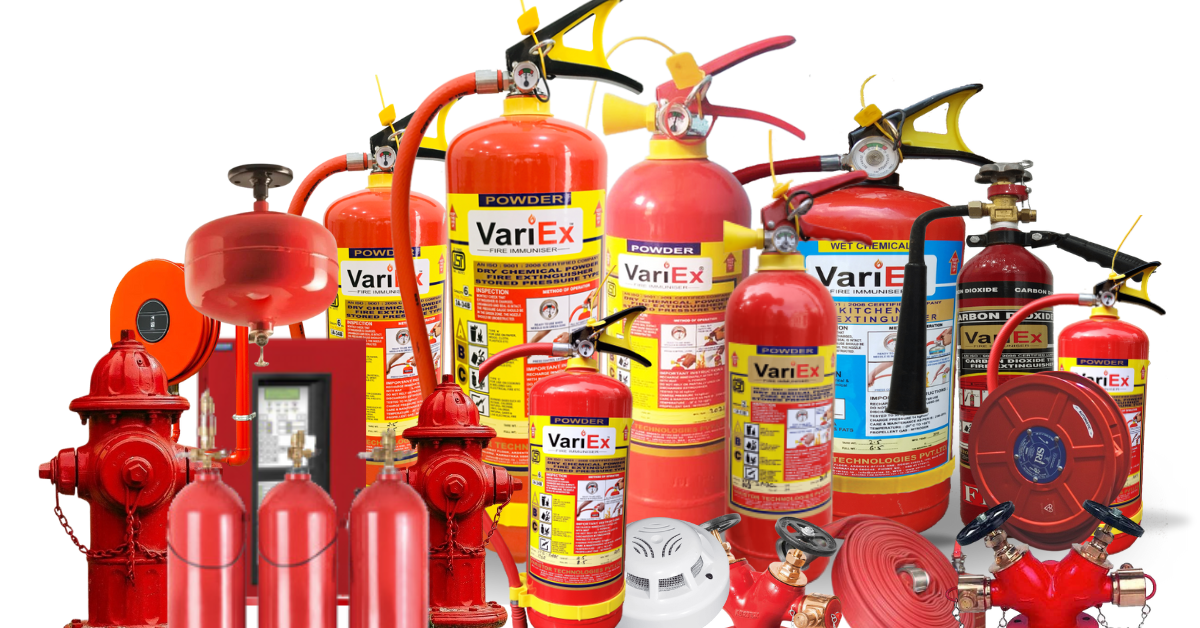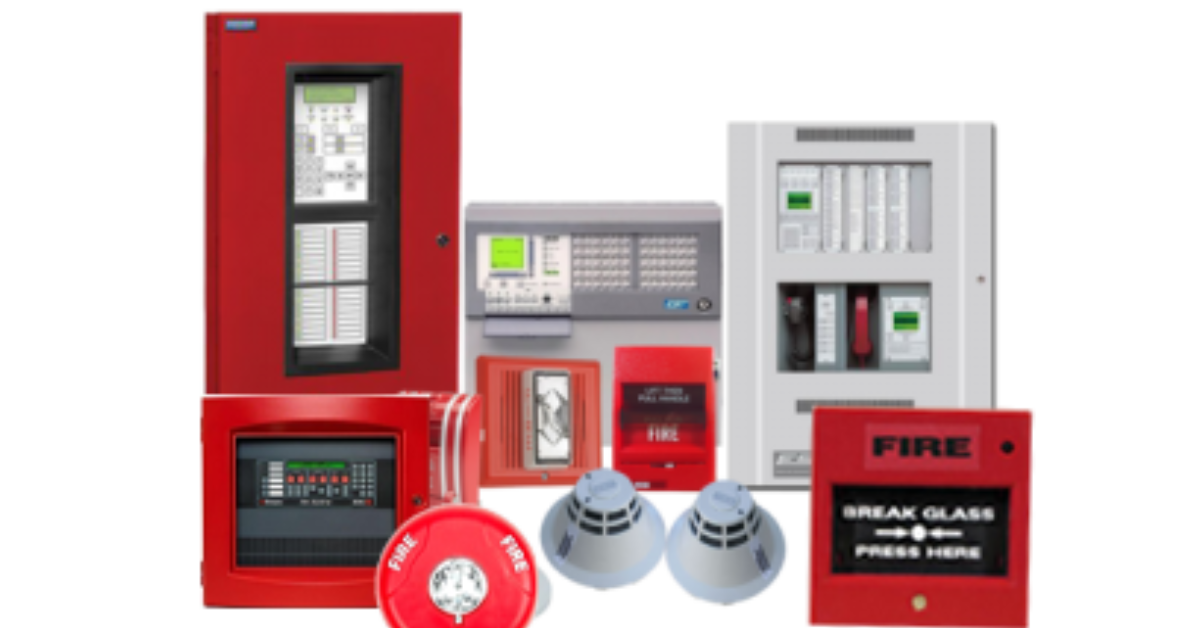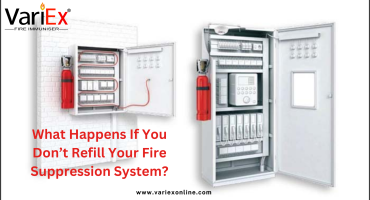![]()
Fire Immuniser
+91-7829629111
Email: info@variex.in
Varistor Technologies Pvt. Ltd.
Block-1, First Floor, Ardente Office One, Hoodi Circle, ITPL Main Road, Bengaluru, Karnataka 560048, IN
How To Install Fire Alarm Panel
How To Install Fire Alarm Panel
Fires can cause incalculable damage within a short period, irrespective of the size of the building. Thus, it is paramount to ensure a high level of safety within any premises, whether commercial, residential, or industrial. The backbone of any fire safety architecture is the Fire Alarm Panel. It functions as the system's brain, monitoring inputs, organizing data, and coordinating responses during a fire situation.
This comprehensive guide will enlighten you on everything you need to know about installing a Fire Alarm Panel properly. The process involves several intricate steps that require caution and precision. It is worth noting that only trained and competent personnel should handle this procedure due to its complexity and the high safety factor involved. Now let us walk you through the process step by step.
 Understanding a Fire Alarm Panel
Understanding a Fire Alarm Panel
A Fire Alarm Panel, also known as Fire Alarm Control Panel (FACP), is the controlling component of a Fire Alarm System. It receives information from environmental sensors designed to detect changes associated with fire and smoke, supervises these inputs, and provides for automatic action and control of the equipment. It usually has distinct indicators for Fault, Fire, and Disablement conditions.
Preparation
Before initiating the installation process, a crucial step is to conduct a risk assessment of the building, which should determine where the fire alarm panel should be located. This location should ideally be a dry, conditioned space, free from obstructions or potential fire hazards. A fundamental rule is to avoid environments with high humidity, high heat, and extreme temperature fluctuations.
Next, acquire a high-quality fire alarm panel compatible with your building design and other fire safety hardware. The panel should meet all necessary compliance and certification requirements relevant to your area. Preparing the necessary tools, equipment, and hardware is also important; these might include cabling, detectors, call points, and sounders.
Installing the Fire Alarm Panel
After preparing the necessary materials and equipment, the next step is installing the fire alarm panel. The first step usually involves mounting the back box of the panel to the wall using the pre-drilled holes. Ensure that this is done sturdily and that the levelness is checked with a spirit level.
Upon securing the back box, bring in the cabling. This phase is typically complex as it involves the wiring of various components to the panel, including detectors, manual call points, and sounders. As the layout will vary between different alarm panels, always follow the manufacturer's instructions for this section.
After completing the wiring, the control panel can then be connected to the building’s power supply. This should be done carefully to avoid any electrical shock or equipment damage. Finally, secure the front panel to the back box using appropriate screws.
Programming and Testing
Once the physical installation is completed, it’s time to program the fire alarm panel. Each detector, sounder, or manual call point installed in the building needs to be coded into the system so that it can be managed and monitored effectively. This typically involves assigning a detector to a zone or particular area within the building. Detailed procedures for programming will vary based on panel models, hence always refer to the manufacturer's instructions.
Upon completing programming, the new fire alarm system must be thoroughly tested to confirm that all components are responding as expected. This includes checking each detector, call point, and sounding device individually to ensure that signal transmission is faultless and that everything is functioning properly. Any faults detected should be fixed promptly before the system is deemed operational.
Documentation and Training
After everything is up and running, document all the specifics about your fire alarm panel for future reference. Include the model number, steps of programming and installation, testing date, servicing information, any relevant diagrams, etc. Also, it is essential to train the building occupants on how to use the system appropriately, what to do when a fire alarm goes off, and how to handle false alarms.
Conclusion
Installing a Fire Alarm Panel is not a simple task; it requires technical skills, an understanding of the building's architecture, proper tools, and a high-quality fire alarm panel. For this reason, the installation process is best left to professionals to ensure compliance with safety standards and regulations.
Embedded within this guide are essential steps to ensuring a successful installation. However, they should be adapted according to specific fire alarm panel models and building structure. In case of any doubts or complications during the installation, always make it a point to seek help from experienced professionals to guarantee maximum safety in your building.
Explore our products Range
Final Say
At VariEx.in and VariexOnline.com, we specialize in supplying and installing top-quality fire fighting systems and equipment. From fire extinguishers to advanced suppression systems, we offer comprehensive solutions tailored to your needs. Our experienced team ensures precise installation and maintenance for optimal safety.
Trust VariEx for reliable fire protection. Contact us online or call 7829629111 to learn more.
"WHAT YOU CAN READ NEXT"
 Read more +24 November 2023 in Fire Extinguisher
Read more +24 November 2023 in Fire ExtinguisherWhat types of fire extinguishers are available for different fire classes?
 Read more +11 April 2025 in Fire Suppression
Read more +11 April 2025 in Fire Suppression




